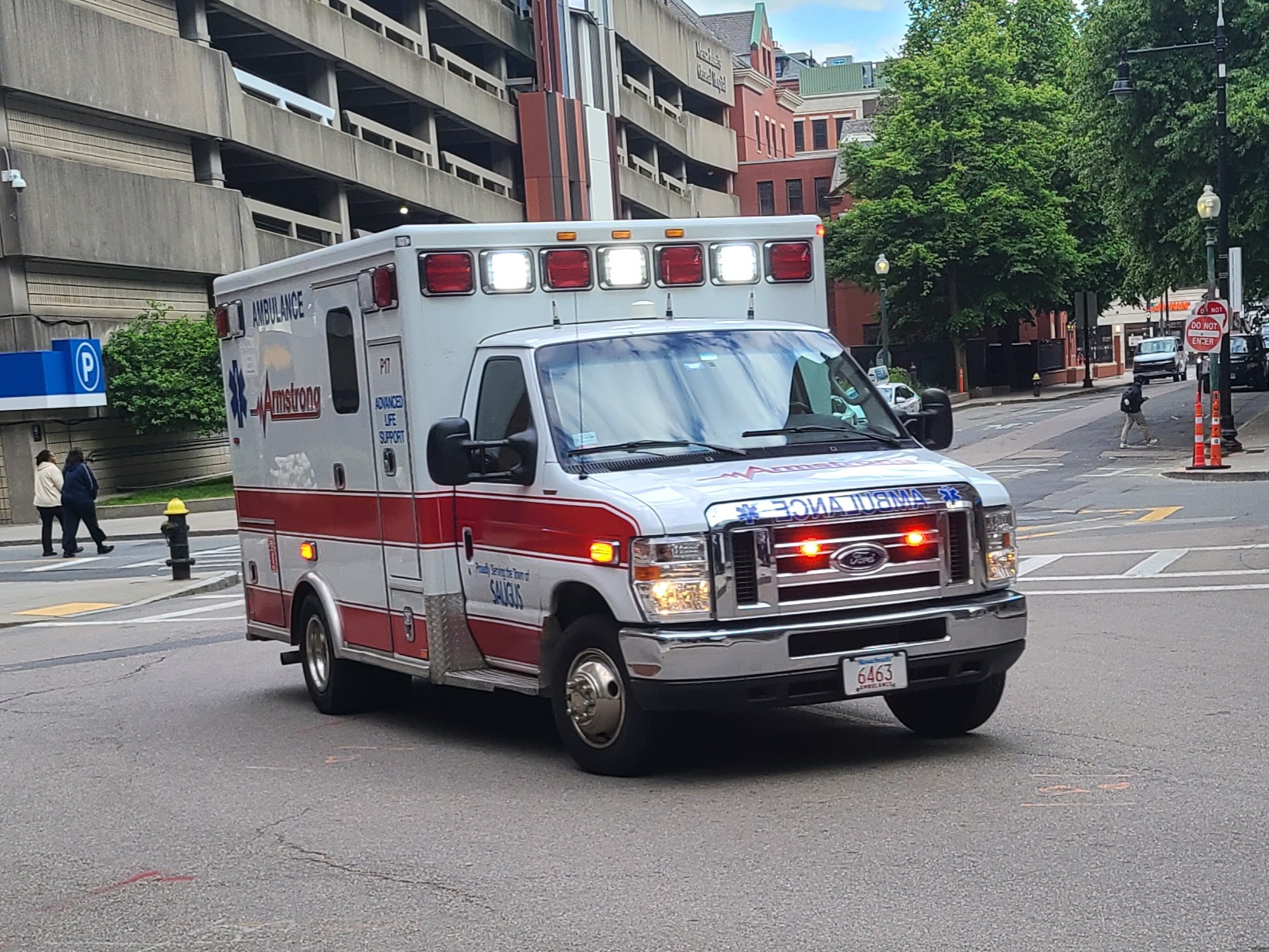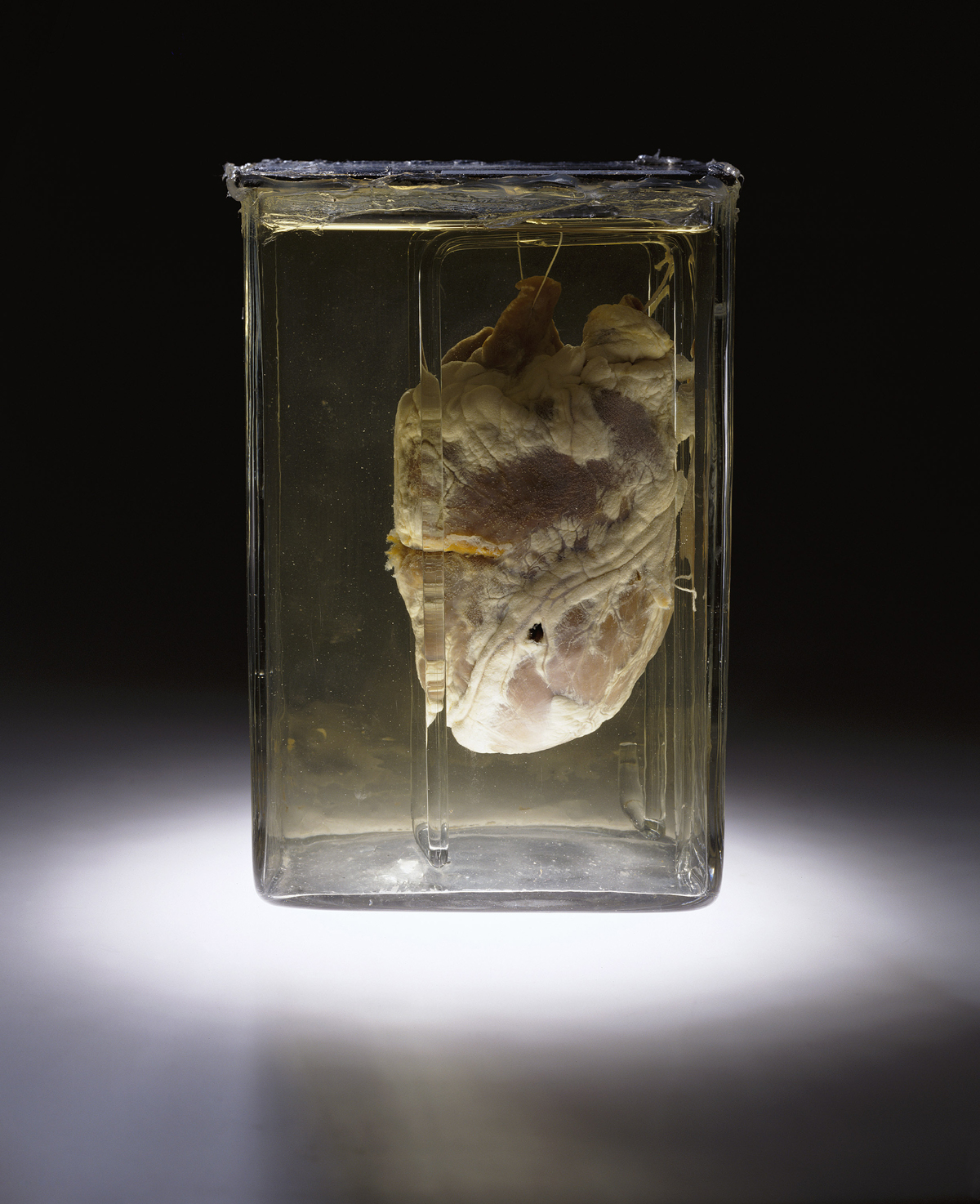|
Hôpital Fernand-Widal
The Hôpital Fernand-Widal (English: Fernand-Widal Hospital) is an establishment of the Assistance Publique–Hôpitaux de Paris (AP-HP) located at 200, rue du Faubourg-Saint-Denis in the 10th arrondissement of Paris. A public teaching hospital, Fernand-Widal has medicine, surgery, and obstetric departments and treats a large number of indigent patients including those with drug addictions. The building is a landmark of Rue du Faubourg-Saint-Denis, and was known until 1959 as Maison Dubois, after surgeon Antoine Dubois. At the turn of the century, Maison Dubois had 450 beds and was also known as the "municipal hospital for the insane" or Maison Municipal de Santé. Fernand-Widal now bears the name of doctor Georges-Fernand Widal, author of works on typhoid and kidney diseases. Fernald-Widal Hospital is Paris' primary poison control center, and the hospital is host to an internationally renowned toxicology department. The hospital's expertise in the area of drug overdoses has ... [...More Info...] [...Related Items...] OR: [Wikipedia] [Google] [Baidu] |
Assistance Publique - Hôpitaux De Paris
Greater Paris University Hospitals ( , AP-HP) is the university hospital trust operating in Paris and its surroundings. It is the largest hospital system in Europe and one of the largest in the world. It employs more than 90,000 people in 38 teaching hospitals and receives more than 10 million annual patient visits. AP-HP is organized in 6 hospital local trusts called "GHU", each associated to a university to offer integrative care to its population. It is affiliated with Paris Cité University (16 teaching hospitals), Sorbonne University (7 teaching hospitals), Saclay University (6 teaching hospitals), the University of Créteil (5 teaching hospitals), Sorbonne Paris North University (3 teaching hospitals) and their colleges of medicine, odontology, and pharmacy. As a teaching hospitals network, AP-HP trust is in charge of training healthcare professionals and doctors, and plays a prominent role in French healthcare research alongside Inserm. History Succeeding to the ''co ... [...More Info...] [...Related Items...] OR: [Wikipedia] [Google] [Baidu] |
Poisoning
Poisoning is the harmful effect which occurs when Toxicity, toxic substances are introduced into the body. The term "poisoning" is a derivative of poison, a term describing any chemical substance that may harm or kill a living organism upon ingestion. Poisoning can be brought on by swallowing, inhaling, injecting or absorbing toxins through the skin. Toxicology is the practice and study of symptoms, mechanisms, diagnoses, and treatments correlated to poisoning. Levels of Exposure When a living organism is introduced to a poison, the Signs and symptoms, symptoms that follow successful contact develop in Dose–response relationship, close relation to the degree of exposure. Acute exposure Acute toxicity, Acute toxicity/poisoning consists of a living organism being harmfully exposed to poison once or more times during a brief period, with symptoms manifesting within 14 days since administration. Chronic exposure Chronic toxicity, Chronic toxicity/poisoning involves a li ... [...More Info...] [...Related Items...] OR: [Wikipedia] [Google] [Baidu] |
Buildings And Structures In The 10th Arrondissement Of Paris
A building or edifice is an enclosed structure with a roof, walls and windows, usually standing permanently in one place, such as a house or factory. Buildings come in a variety of sizes, shapes, and functions, and have been adapted throughout history for numerous factors, from building materials available, to weather conditions, land prices, ground conditions, specific uses, prestige, and aesthetic reasons. To better understand the concept, see ''Nonbuilding structure'' for contrast. Buildings serve several societal needs – occupancy, primarily as shelter from weather, security, living space, privacy, to store belongings, and to comfortably live and work. A building as a shelter represents a physical separation of the human habitat (a place of comfort and safety) from the ''outside'' (a place that may be harsh and harmful at times). buildings have been objects or canvasses of much artistic expression. In recent years, interest in sustainable planning and building practi ... [...More Info...] [...Related Items...] OR: [Wikipedia] [Google] [Baidu] |
Hospitals In Paris
A hospital is a healthcare institution providing patient treatment with specialized health science and auxiliary healthcare staff and medical equipment. The best-known type of hospital is the general hospital, which typically has an emergency department to treat urgent health problems ranging from fire and accident victims to a sudden illness. A district hospital typically is the major health care facility in its region, with many beds for intensive care and additional beds for patients who need long-term care. Specialized hospitals include trauma centers, rehabilitation hospitals, children's hospitals, geriatric hospitals, and hospitals for specific medical needs, such as psychiatric hospitals for psychiatric treatment and other disease-specific categories. Specialized hospitals can help reduce health care costs compared to general hospitals. Hospitals are classified as general, specialty, or government depending on the sources of income received. A teaching hospital c ... [...More Info...] [...Related Items...] OR: [Wikipedia] [Google] [Baidu] |
Gare Du Nord (Paris Métro)
Gare du Nord () is a station on Line 4 and Line 5 of the Paris Métro. It is the busiest station in the system (not including RER stations), with 48 million entrances a year. It is connected to the SNCF railway station Gare du Nord (literally, "North Station", until 1938 run by the well-known company Chemins de Fer du Nord), which is served by RER B, RER D and Transilien Nord commuter trains as well as interurban trains to northern France, Eurostar trains to London and Thalys trains to Brussels, Amsterdam and Cologne. The station is also connected to the La Chapelle Métro station on Line 2 and to the Magenta RER station on RER E. History On 15 November 1907, Line 5 was extended from Gare d'Orléans (now known as Gare d'Austerlitz) to Gare du Nord where the station was built on a reversing loop. On 21 April 1908, Line 4 was opened from Châtelet to Porte de Clignancourt through Gare du Nord. On 5 October 1942, the old Line 5 station was closed and replaced with a ... [...More Info...] [...Related Items...] OR: [Wikipedia] [Google] [Baidu] |
La Chapelle (Paris Métro)
La Chapelle () is a station on Paris Métro Line 2, on the border of the 10th and 18th arrondissements above the Boulevard de la Chapelle. The station is connected to the Gare du Nord and the Gare du Nord Métro station on lines 4 and 5. It should not be confused with the Porte de la Chapelle station, located further north. Location The station is located above Boulevard de la Chapelle at the intersection with Rue du Faubourg-Saint-Denis and Rue Marx-Dormoy. History The elevated line 2 station was opened on 31 January 1903 as part of the extension of line 2 from Anvers to ''Bagnolet'' (now called Alexandre Dumas). It is named after the ''Place de la Chapelle'', which was named after the ''Barrière de la Chapelle'', a gate built for the collection of taxation as part of the Wall of the Farmers-General; the gate was built between 1784 and 1788 and demolished after 1859. The gate was named after a village that was annexed by Paris in 1860 and was named after a chapel to Sai ... [...More Info...] [...Related Items...] OR: [Wikipedia] [Google] [Baidu] |
Ambulance Entrance Of Maison Dubois, Circa 1920
An ambulance is a medically-equipped vehicle used to transport patients to treatment facilities, such as hospitals. Typically, out-of-hospital medical care is provided to the patient during the transport. Ambulances are used to respond to medical emergencies by emergency medical services (EMS), and can rapidly transport paramedics and other first responders, carry equipment for administering emergency care, and transport patients to hospital or other definitive care. Most ambulances use a design based on vans or pickup trucks, though others take the form of motorcycles, buses, hearses, aircraft and boats. Ambulances are generally considered emergency vehicles authorized to be equipped with emergency lights and sirens. Generally, vehicles count as an ambulance if they can transport patients. However, it varies by jurisdiction as to whether a non-emergency patient transport vehicle (also called an ambulette) is counted as an ambulance. These vehicles are not usually (althou ... [...More Info...] [...Related Items...] OR: [Wikipedia] [Google] [Baidu] |
Internal Medicine
Internal medicine, also known as general medicine in Commonwealth nations, is a medical specialty for medical doctors focused on the prevention, diagnosis, and treatment of diseases in adults. Its namesake stems from "treatment of diseases of the internal organs". Medical practitioners of internal medicine are referred to as internists, or physicians in Commonwealth nations. Internists possess specialized skills in managing patients with undifferentiated or multi-system disease processes. They provide care to both hospitalized (inpatient) and ambulatory (outpatient) patients and often contribute significantly to teaching and research. Internists are qualified physicians who have undergone postgraduate training in internal medicine, and should not be confused with " interns", a term commonly used for a medical doctor who has obtained a medical degree but does not yet have a license to practice medicine unsupervised. In the United States and Commonwealth nations, there is often ... [...More Info...] [...Related Items...] OR: [Wikipedia] [Google] [Baidu] |
Forensic Pathology
Forensic pathology is pathology that focuses on determining the cause of death by examining a corpse. A post mortem examination is performed by a medical examiner or forensic pathologist, usually during the investigation of criminal law cases and civil law cases in some jurisdictions. Coroners and medical examiners are also frequently asked to confirm the identity of remains. Duties Forensic pathology is an application of medical jurisprudence. A forensic pathologist is a medical doctor who has completed training in anatomical pathology and has subsequently specialized in forensic pathology. The requirements for becoming a "fully qualified" forensic pathologist vary from country to country. Some of the different requirements are discussed below (see ''§ Education''). The forensic pathologist performs autopsies/postmortem examinations with the goal of determining the cause of death as well as the possible manner of death. The autopsy report contains conclusions made ... [...More Info...] [...Related Items...] OR: [Wikipedia] [Google] [Baidu] |
Michel Gaultier
Michel may refer to: * Michel (name), a given name or surname of French origin (and list of people with the name) * Míchel (nickname), a nickname (a list of people with the nickname, mainly Spanish footballers) * Míchel (footballer, born 1963), Spanish former footballer and manager * ''Michel'' (TV series), a Korean animated series * German auxiliary cruiser ''Michel'' * Michel catalog, a German-language stamp catalog * St. Michael's Church, Hamburg or Michel * S:t Michel, a Finnish town in Southern Savonia, Finland * ''Deutscher Michel'', a national personification of the German people People * Alain Michel (other), several people * Ambroise Michel (born 1982), French actor, director and writer. * André Michel (director), French film director and screenwriter * André Michel (lawyer), human rights and anti-corruption lawyer and opposition leader in Haiti * Anette Michel (born 1971), Mexican actress * Anneliese Michel (1952 - 1976), German Catholic woman undergon ... [...More Info...] [...Related Items...] OR: [Wikipedia] [Google] [Baidu] |
Amanita Phalloides
''Amanita phalloides'' ( ), commonly known as the death cap, is a deadly poisonous basidiomycete fungus and mushroom, one of many in the genus ''Amanita''. Originating in Europe but later introduced to other parts of the world since the late twentieth century, ''A. phalloides'' forms ectomycorrhizas with various broadleaved trees. In some cases, the death cap has been introduced to new regions with the cultivation of non-native species of oak, chestnut, and pine. The large fruiting bodies (mushrooms) appear in summer and autumn; the caps are generally greenish in colour with a white stipe and gills. The cap colour is variable, including white forms, and is thus not a reliable identifier. These toxic mushrooms resemble several edible species (most notably Caesar's mushroom and the straw mushroom) commonly consumed by humans, increasing the risk of accidental poisoning. Amatoxins, the class of toxins found in these mushrooms, are thermostable: they resist changes due t ... [...More Info...] [...Related Items...] OR: [Wikipedia] [Google] [Baidu] |







